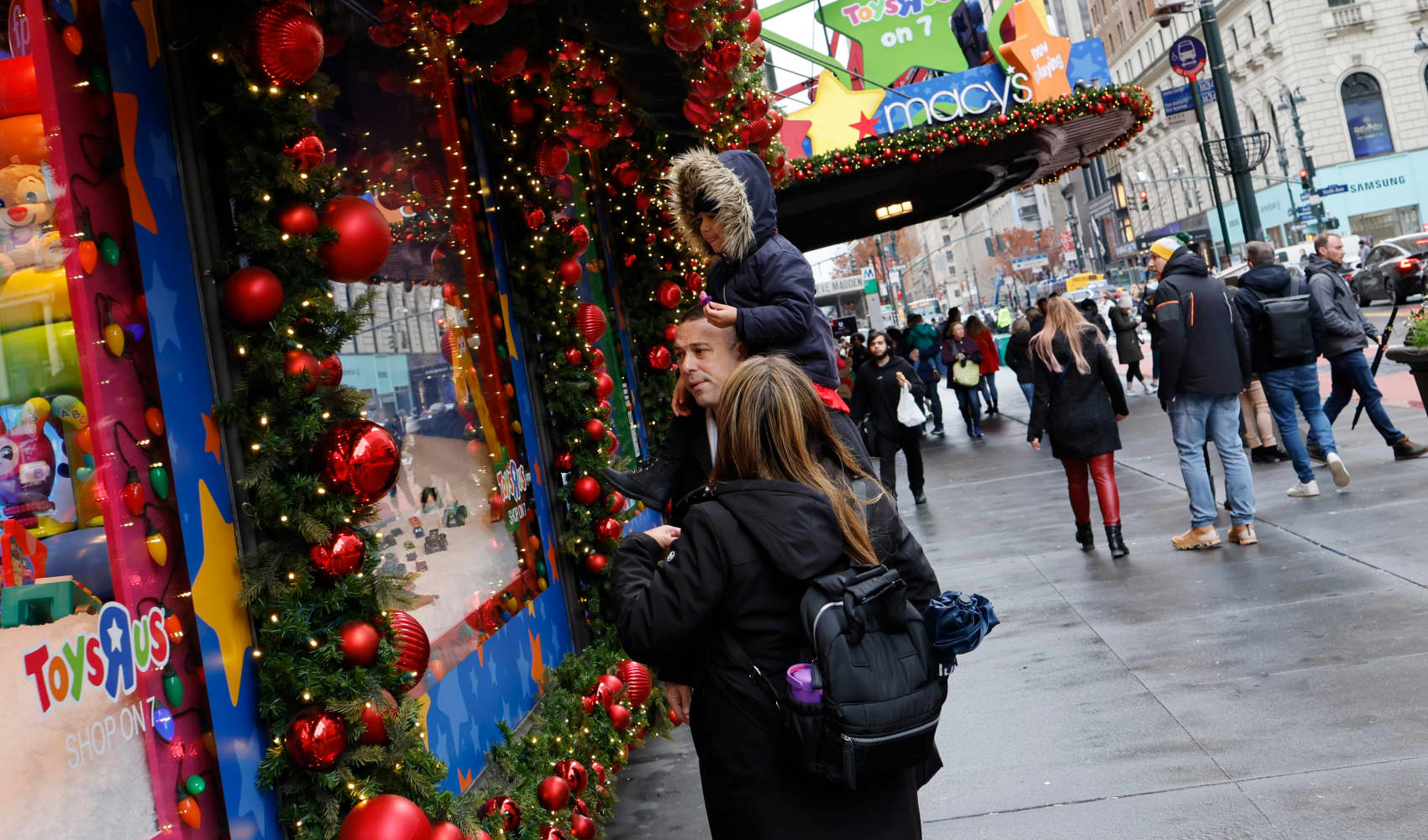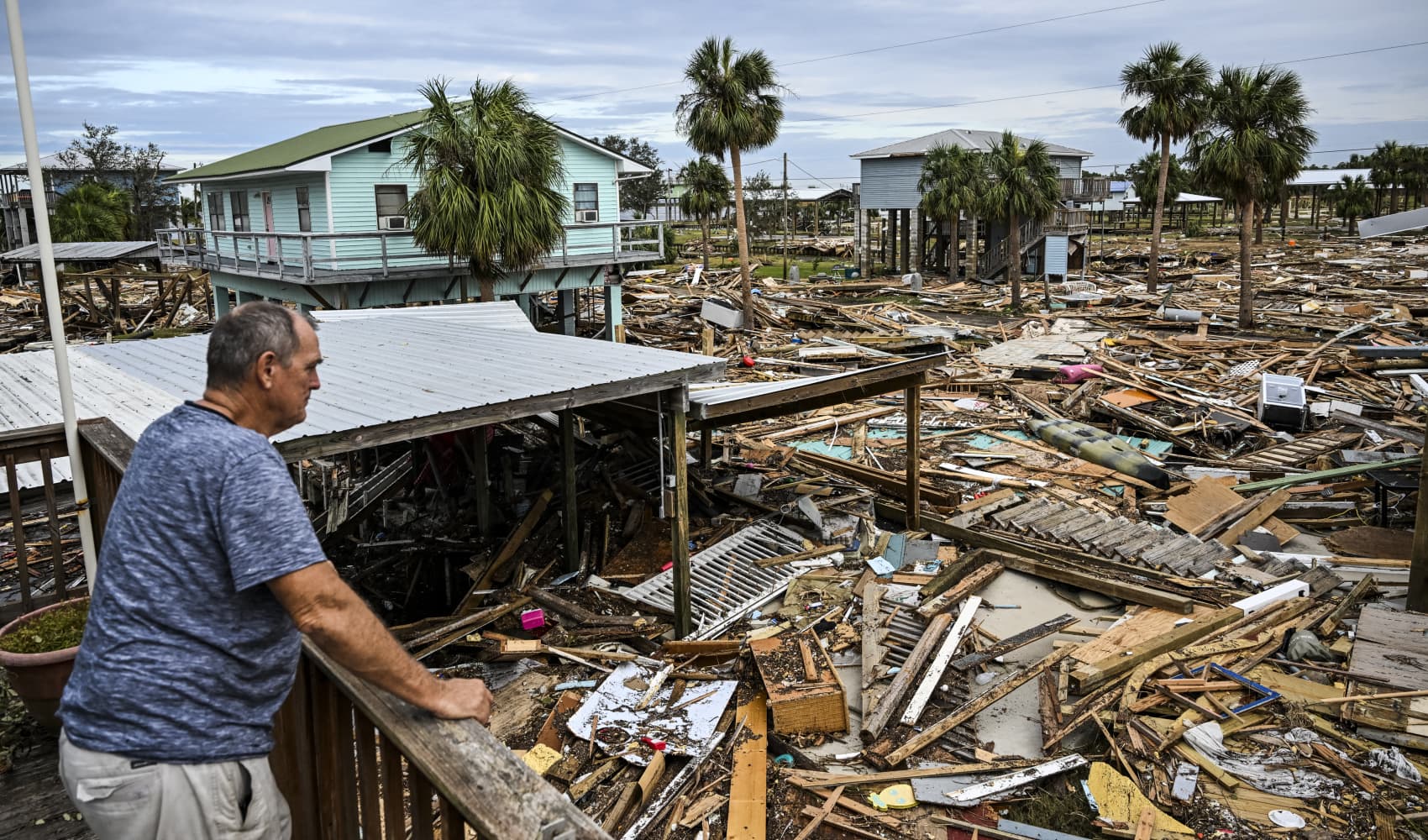
Tropical Storm Rafael was chugging past western Jamaica on Tuesday and was expected to strengthen into a hurricane as it headed toward Cuba.
The storm was located 70 miles (115 kilometers) southwest of Montego Bay, Jamaica, on Tuesday morning. It had maximum sustained winds of 60 mph (95 kph) and was moving northwest at 14 mph (23 kph), according to the National Hurricane Center in Miami.
The center said it expected “steady to rapid intensification” over the next 24 to 36 hours. It was expected to continue to pass by Jamaica on Tuesday afternoon, be near or over the Cayman Islands on Tuesday night and make landfall in western Cuba on Wednesday.
"Rafael is expected to become a hurricane as it passes near the Cayman Islands with further strengthening before it makes landfall in Cuba," the center said.
On Tuesday morning, Cuban Civil Defense called on Cubans on social media to prepare as soon as possible, because when the storm makes landfall “it’s important to stay where you are.” The day before, authorities said they had issued an evacuation order for 37,000 people far eastern Cuba, in the province of Guantanamo, due to bad weather.
A hurricane warning was in effect for the Cayman Islands and the Cuban provinces of Pinar del Rio, Artemisa, La Habana, Mayabeque, Matanzas and the Isle of Youth.
A tropical storm warning was in effect for Jamaica and the Cuban provinces of Villa Clara, Cienfuegos, Sancti Spiritus and Ciego de Avila, as well as the lower and middle Florida Keys from Key West to west of the Channel 5 Bridge, and Dry Tortugas.
A tropical storm watch was in effect for the Cuban provinces of Camaguey and Las Tunas.
“The storm is currently situated in an atmospheric and oceanic environment that is quite conducive for strengthening,” the hurricane center said. Though an expert at the center said it was still unclear how much Florida and other coastal parts of the United States would be affected.
Feeling out of the loop? We'll catch you up on the Chicago news you need to know. Sign up for the weekly Chicago Catch-Up newsletter.
In the Cayman Islands, officials closed schools and government offices as they urged residents to prepare. Long lines were reported at grocery stores as the storm approached.
Jamaica also closed down as a precaution, with the storm's outer winds battering the island late Monday. “We urge all Jamaicans to remain vigilant,” said Minister of Local Government and Community Development Desmond McKenzie.
The storm is bad news for Cuba, which is still struggling to recover from Hurricane Oscar, which battered the island about two weeks ago after making landfall in the eastern part of Cuba, killing at least six people. The storm also coincided with a large-scale blackout on the island.
Forecasters warned Rafael would unleash heavy rains across the western Caribbean that could lead to flooding and mudslides, with totals of 3 to 6 inches (7 to 15 centimeters) and up to 10 inches (25 cm) expected locally in Jamaica and parts of Cuba.
Heavy rainfall also was expected to spread north into Florida and nearby areas of the southeast U.S. during the middle to late part of the week. A few tornadoes also were expected Wednesday over the Keys and southwesternmost Florida mainland.
Rafael is the 17th named storm of the season.
The National Oceanic and Atmospheric Administration predicted the 2024 hurricane season was likely to be well above average, with between 17 and 25 named storms. The forecast called for as many as 13 hurricanes and four major hurricanes.
An average Atlantic hurricane season produces 14 named storms, seven of them hurricanes and three major hurricanes.




